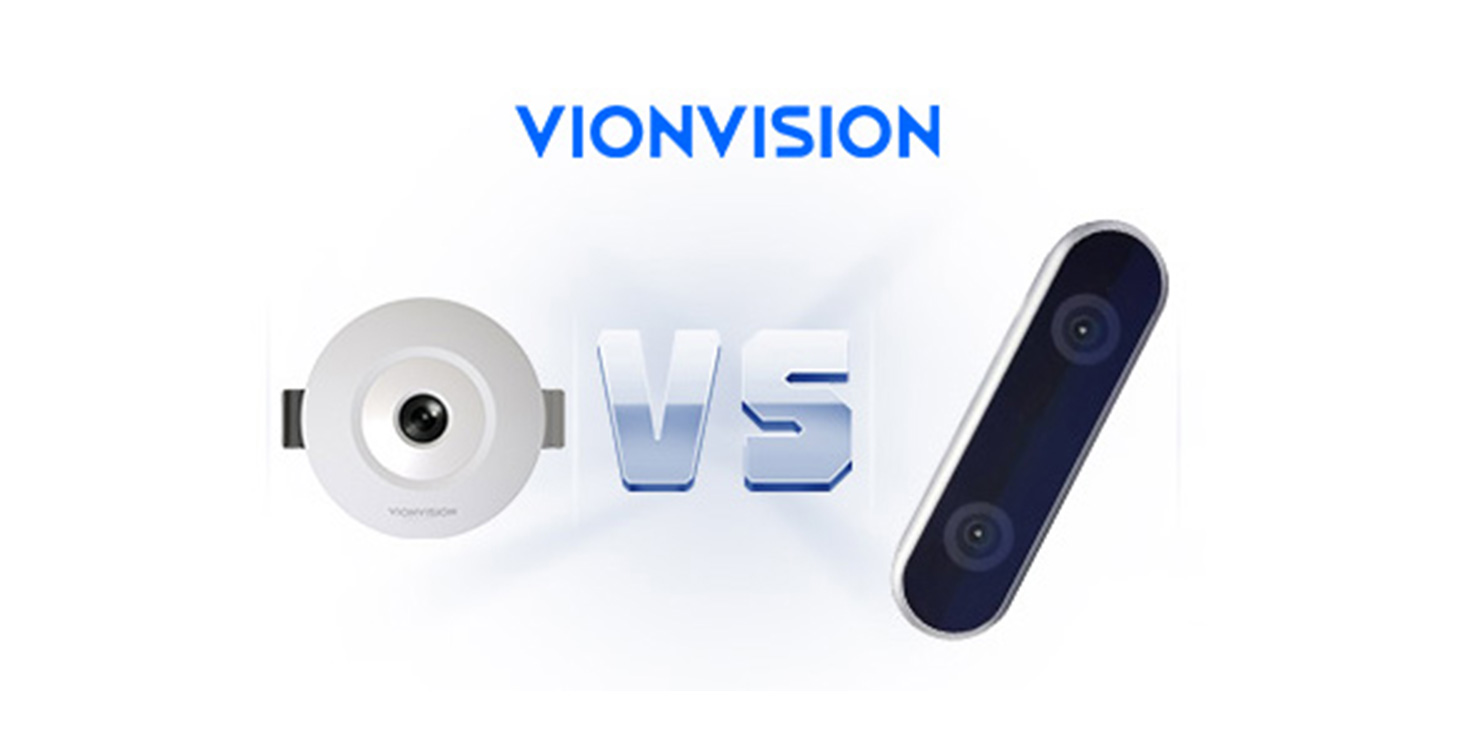CEO, Vionvision PTE Ltd.
Highlights:
* Binocular footfall sensors use two imaging sensors and stereo algorithms to generate depth map sequence to detect and track pedestrians.
* Monocular footfall sensors use one imaging sensors and detect and track pedestrians directly in image sequences.
* Image sequence based processing can provide new functionalities including non-invasive staff exclusion, visitor repeats removal, dwell time distribution, demographics, group analysis, staff excluded heatmap, product engagement, zone traffic, queue waiting time and abandonment analysis and many more.

The development of optical footfall sensors can be broadly categorized into two eras: pre-2020 traditional footfall sensors (binocular or monocular) that count the number of people entering and exiting at predetermined intervals (e.g., 5 minutes); and post-2020 a new generation of so-called "precision footfall sensors" that capture the richer characteristics of footfall mentioned above. In the future, the next generation of people flow sensors will evolve rapidly in terms of accuracy and customized features for specific retail segments. Future directions of footfall sensors may include:
Higher resolution imaging sensors beyond 8 million pixels
GPU computing power above 4TOPS
Mixing of image and depth (binocular or TOF) information
From the above discussion in this article, it is clear that modern monocular sensors tend to provide more versatile and accurate data for a wide range of scenarios in retailer and commercial applications compared to binocular sensors.
One other interesting approach where binocular sensors may eventually win out over the competition is to augment depth-based processing with parallel monocular processing threads, thus effectively combining the flows in Figure 3. This hybrid sensor, although binocular, enjoys all the benefits of direct image-based analysis of a monocular sensor.
Choosing the right footfall sensor involves weighing several key factors to ensure that the chosen system meets your business needs and objectives. The decision-making process is outlined below:
Evaluate the typical activity level and environmental conditions at the installation site. This initial step helps to narrow down the applicability of a monocular or binocular system, given its varying responsiveness to different traffic flows and environmental variables.
Technology and scalability: ensure that the technology (e.g. GDPR-compliant ReID) is sufficiently advanced to meet current needs and scalable to accommodate future growth;
Accuracy: higher accuracy is key to obtaining reliable data, especially in areas of high traffic flow where accurate counts are critical, In such cases, monocular cameras are typically used;
User-friendliness and real-time data: the system should be easy to use and provide real-time data for timely decision-making;
Integration options: check compatibility with existing systems such as security alarm architecture and POS for seamless data integration;
Customer support and data security: reliable customer support and strict data security measures are integral to smooth operation and compliance.
Ask the vendor directly about each of these attributes before making a final decision. This will ensure that you fully understand the capabilities and limitations of the system and ultimately select the best footfall sensor for your specific needs.
References:
